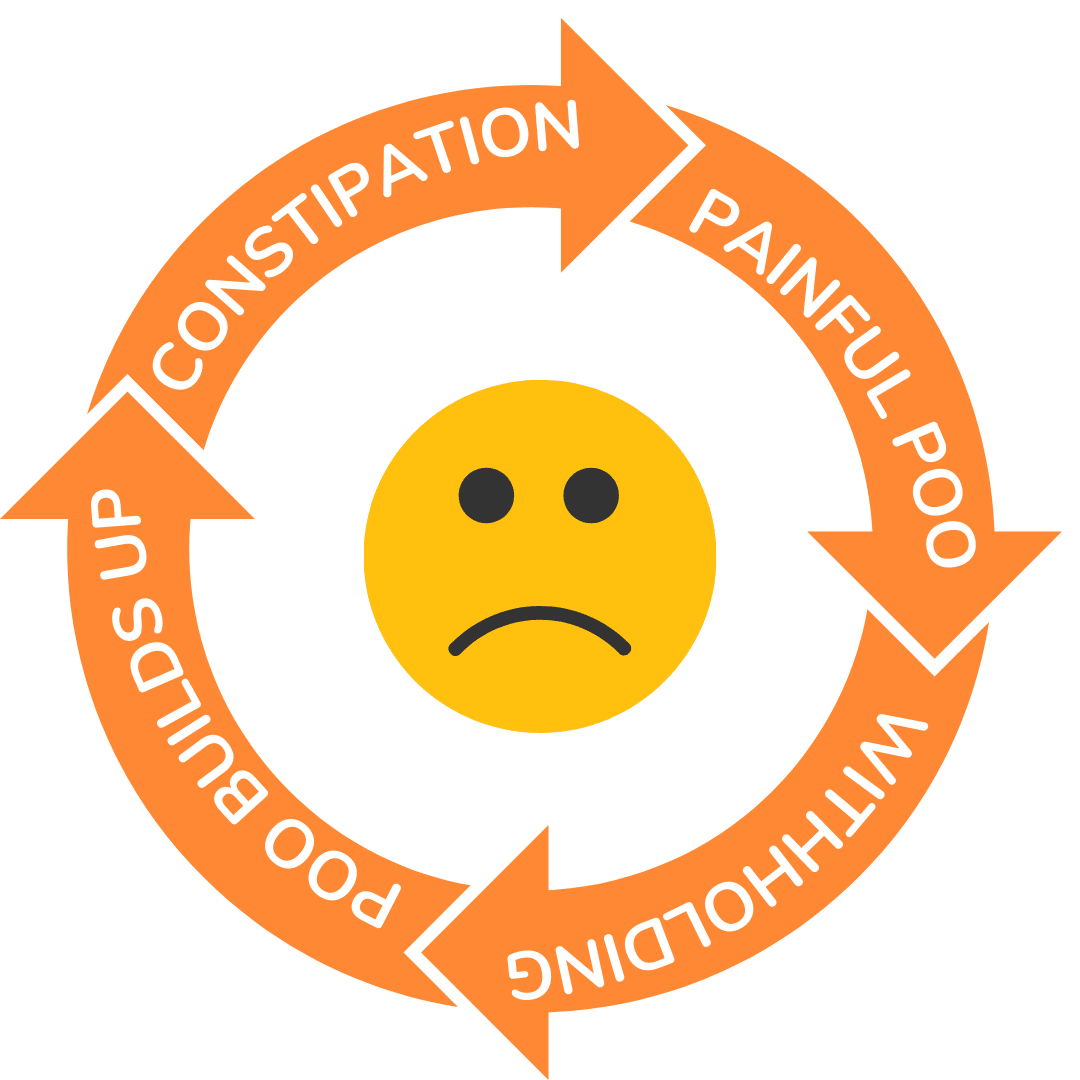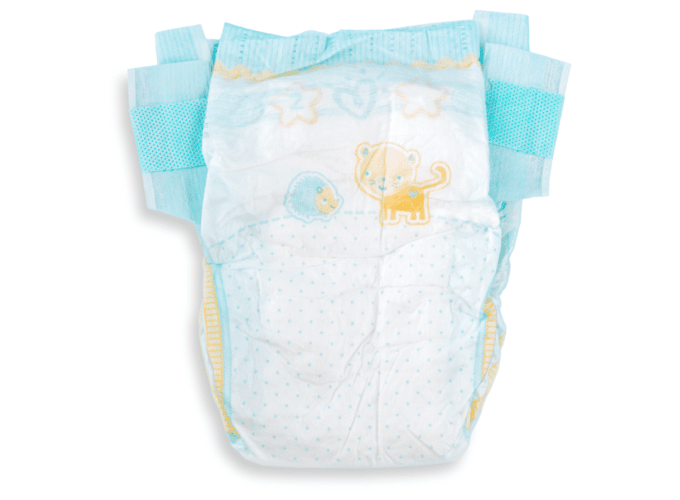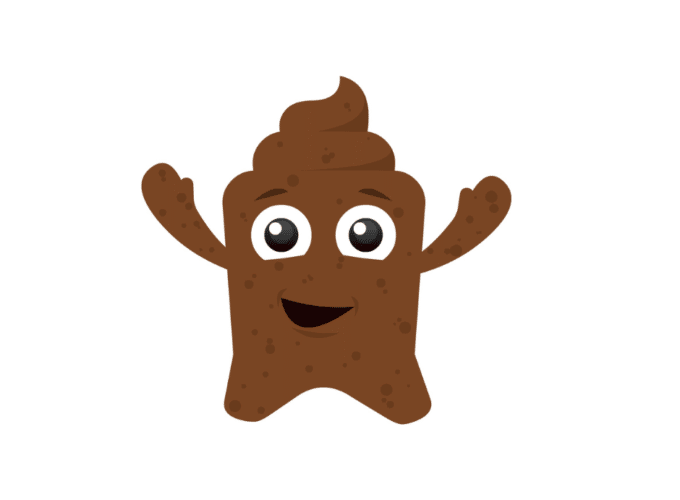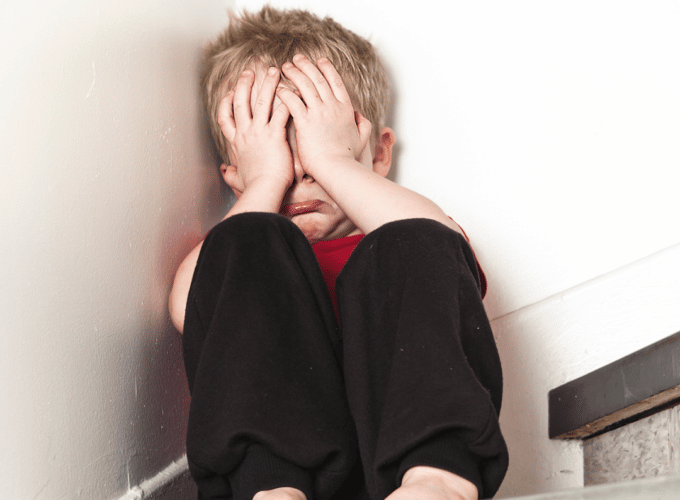Stool withholding: why & how to stop a child holding poo
Last Reviewed: October 2022
Stool withholding is particularly common when children are potty training. It can also affect children who have an additional need such as autism. It's an issue which can cause a huge amount of stress and confusion to parents.
Some children also hold on to their wee. Many of the same strategies listed here can help with wee withholding also.
Read on to find out why it happens and how to help your child overcome poop holding.
What is stool withholding?
Stool withholding (sometimes also called poo holding) is when children avoid passing a poo.
They use their bottom muscles to stop themselves from having a bowel movement when they feel the urge to go.
Why is your child holding poop?
Withholding usually follows on from a period of constipation. Passing just one painful or uncomfortable poo, even as a baby, can scare a child and trigger a physical reaction. It can happen without parents realising.
Other common triggers for poo withholding include:
- An illness such as a virus, with a high temperature and sickness that can lead to dehydration. Dry poo is harder to push out and will hurt more.
- Passing a bigger than normal poo (known as a mega poo) can make a small tear in a child’s bottom called an anal fissure. This can make pooing very painful and something they want to avoid doing again.
- It is very common for children to start holding on to their poo when they begin potty training.
- A change in routine and using a different toilet away from home at nursery or school for example.
- Lots of children would prefer not to poo at school and then become constipated as a result.
Signs that your child is poo holding
There are lots of different signs and clues which show your child is trying to stop a poo from coming out. These include:
- Looking like they are straining on the toilet, when they are actually trying to stop themselves from passing a poo.
- Asking for a nappy back on to poo. We have a factsheet (click here) for more help with this.
- Refusing to sit on the toilet/potty when you ask them to.
- Stopping suddenly during play and making unusual facial expressions such as grimacing.
- Holding their bodies in strange positions (a banana bend), going rigid and standing on their tip toes.
- Seeming vacant and not responding to instructions. It can take a huge amount of effort and concentration to hold on. Your child may get cross if you interrupt them at this point or seem 'unreachable'.
- Going into denial. You child may say: "I don't need a poo and I haven't had an accident" when you can clearly smell that they have! This is a classic stress response to a situation they feel embarrassed about but don't know how to stop or control.
- ‘Smudges’ of poo in their pants or nappy.
- Hiding in a favourite, safe space like behind the sofa or wrapped up in curtains when they feel a poo coming.
- Some may sit on the toilet or potty and make grunting noises that sound like ‘pushing’ but this is actually them using all their effort to keep their bottom firmly closed.
- Crouching or sitting when they feel a poo coming and then standing up quickly to prevent it coming out.
- Pooing in their night nappies or night wear, is another sign of stool withholding. Once your child relaxes in bed, they can no longer hold and the poo escapes. We don’t normally poo the night because our bowel isn’t being stimulated by food and drink.
What can happen when children hold their poo?

When children stop the urge to do a poo it’s very easy for them to get trapped in a vicious circle of withholding. When their poo hurts or they are fearful of the toilet, they find it hard to relax and are anxious it will hurt.
Children then try to avoid going for a poo and it hurts more.
This cycle of holding poo can quickly mean a child becomes constipated.
How to stop stool withholding
Breaking the stool withholding cycle needs a two pronged approach - sort the physical first and then you can work on the behavioural side effects of being scared to poo.
Here are our top tips to break the habit:
- You must treat the constipation first
- When your child’s poo is reliably soft, you can start working on reassurance and confidence building.
- Take time to make sure your child is relaxed and comfortable in the bathroom - there are lots of tips to help with this on our page about toilet anxiety.
- Your child needs to believe that their poo will not hurt them anymore. Many children will not trust it when they are told their poos are ok now, they need to feel it for themselves. Take a look at our information on supporting children who feel scared of poo.
- Stay calm and do not get angry with your child.
- Try to see it from their point of view - we all avoid things that hurt us, but as adults we have learnt about consequences and can understand the risk of long term effects.
It's really important to remember that children don’t soil or withhold on purpose or to be naughty.
Resources
- All
- Books
- Kid's stuff
- Factsheets
- Podcasts
- Fun Stuff
- At school
- Videos
FAQs
Is stool withholding a sign of autism?
Is stool withholding dangerous?
Children only wanting to poo in a nappy is very common especially around the potty training stage. Get help with supporting your child to break this habit.
Tips to help children overcome any worries or fears they have of poop.
Find out why some children avoid emptying their bladder, whether this can do any harm and how to help your child.
Constipation is the most common cause of soiling in children. Find out how to spot the signs and get treatment.
Upcoming events
Share this page




